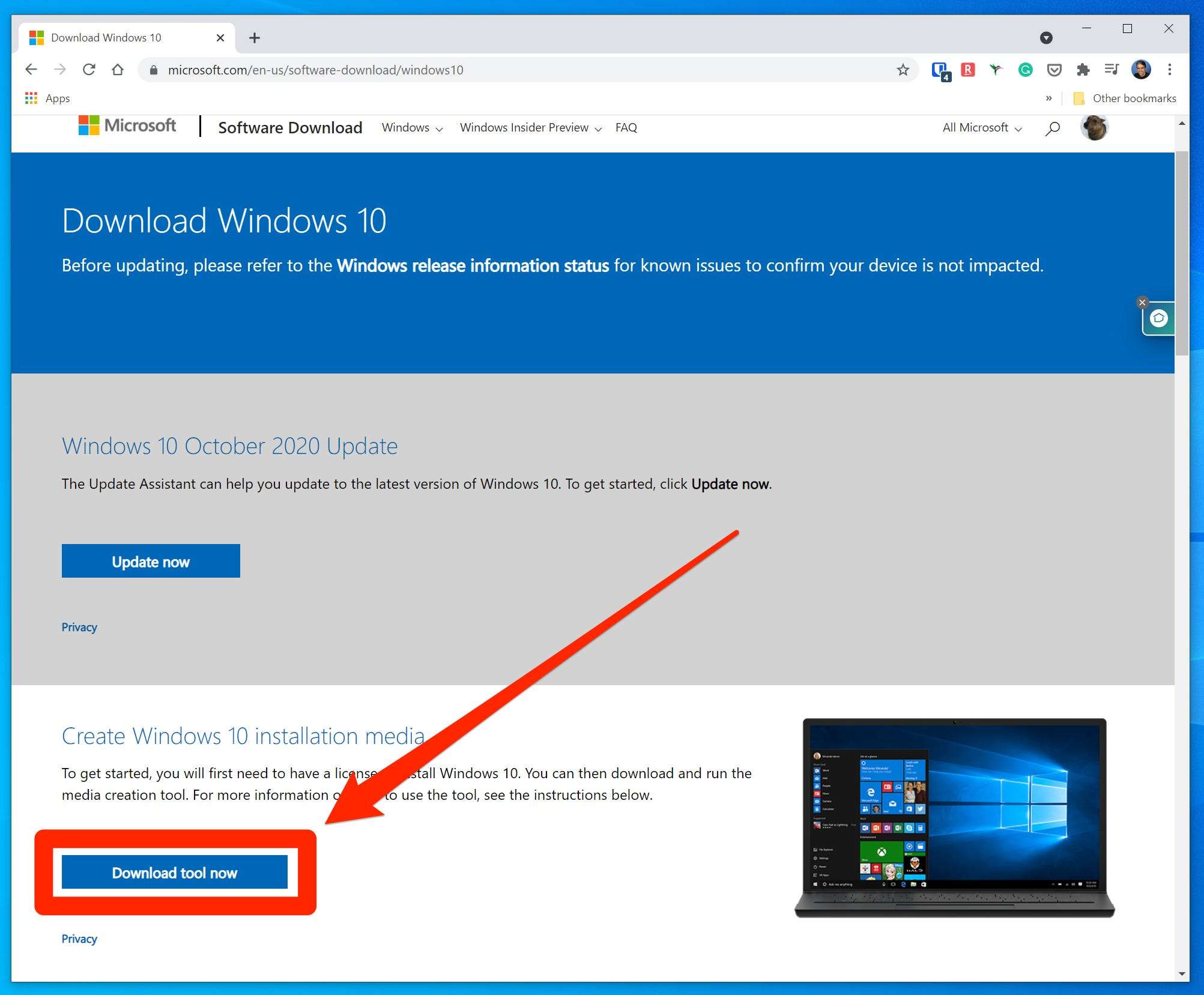Table of Content
If you are falling short of DVDs and your PC does not have a free optical drive, then USB drive serves the option for booting your system. Are you struggling to install New Windows version on your PC? Well, you can quickly boot Window 10/7 using a USB drive.
Select the 22H2 (Build 19045.xxx - xxxx.xx) option to download the Windows 10 November 2021 Update. Under the "Download" section, click the latest release of the tool to save the file. Under the "Boot selection" section, click the Select button on the right. When you've completed reinstalling Windows 10, everything should work as intended once more. To grab this, head to the Microsoft Download Windows 10 page, and click Download tool now. Before proceeding, insert your formatted USB flash stick in your PC or laptop.
How to Install Windows 10 from a USB Drive
After following the directions to install Windows on a new PC, do not forget to pull back the USB flash drive. Do you want to install Windows 10 on a bare PC? If so, you may need to use USB to install Windows 10. This post from MiniTool Partition Wizard shows you how to download Windows 10 to USB using 3 ways.
Keep yourself updated with the latest technology and trends with TechPout. From the next prompted window, click on “Accept” to confirm. Next step is to save this lightweight tool on your system. Fortunately, you can use either of the two mechanisms to boot your computer using a USB drive. By the way, her special focuses are data recovery, partition management, disk clone, and OS migration.
Creating The Windows Installation USB Stick
You can choose one way according to your condition. Then, you can insert the USB to the bare PC and start installing Windows 10 on it. Select “Create installation media for another PC”, and then select Next. A Windows 10 installation USB can help you install Windows 10 OS when you want to reinstall OS or set a new PC. You can learn to create it with methods in this post.

To format the drive you have to connect the USB flash drive to the other PC that you have. And, later on, make sure to set the partition as Active. USB flash drive which has at least 8 GB free space. This portable device is compatible with almost all desktop gadgets and laptops. Using a mobile device like USB offer a much simpler and straightforward way to boot your device.
Way 3. Use ISO Burner Software
If youdo already have a USB drive, be sure that there are no important files on it, as it will be wiped clean during the setup process. After you complete the steps, Rufus will create a USB flash drive to install Windows 10 on a device using UEFI. When installing a fresh copy of Windows 10, you typically use a USB flash drive to launch the "Windows Setup" wizard to continue the installation process. Power up the computer you're installing Windows 10 on and wait for it to detect the USB drive. If this doesn't happen, reboot, this time pressing the key to access the UEFI/BIOS or boot menu.
Follow the simple step-by-step guide to create a bootable USB drive. In case you are unable to change the settings, uncheck the box with says, “Use the recommended options for this system/PC”. With a blink of an eye, you can install the latest version of Windows on your computer system. Here’s everything you should know about Windows 10 bootable USB tool.
Preparing the Windows 10 Bootable USB
Double-check that any critical data you have saved on the drive you want to install Windows on is backed up and safe. If you're sure, make sure the USB drive is plugged into the PC and either restart or turn the system on. Then follow our guide on how to boot from a USB drive. Click on the USB stick you want to install it on. If you don’t see it in the list, click the “refresh drive list” link. Before we start, it is worth pointing out that whatever version of Windows you put on your USB stick will be the current version that Microsoft is offering.

At the beginning of the setup process, you’ll need to choose the language to install, the time and currency format, and the keyboard or input method. Through the help of the above steps, you can easily create a bootable USB drive to install windows 10 from USB on a new PC. In the displayed window, you will be given 2 options, choose “Create installation media” . You’ll briefly see a screen that lets you know that the setup is starting. After that, the Windows Setup window will appear.
Lisa Mildon is a Lifewire writer and an IT professional with 30 years of experience. Her writing has appeared in Geekisphere and other publications. Now when you click the USB stick in Windows Explorer, this is what you will see. In the box that comes up, click “Start” to begin the formatting process. To format the stick, right-click on it in Windows Explorer and click “Format”.
It will put it to what it thinks are the “recommended options” but if you disagree with any of them, just untick the box and choose what you want. The first step is to make sure the USB stick is completely blank. If you have just bought it, it will already be blank. But if it is a used stick, you need to format it. Doing so will wipe all of the contents. The stick needs at least 8GB of space for the installer to be built properly.
Next, select the language, architecture, and edition that you want to use. Click the down arrow next to each option to expand the list of available options for that item. Click the option from the drop-down menu to select it. If you have everything you need and the destination device meets the minimum system requirements, you can start preparing your installation files. Go ahead and insert your USB drive into the computer that you want to make the USB drive on. While the tool is downloading, plug in your USB drive and ensure that it has enough space for the installer .










































